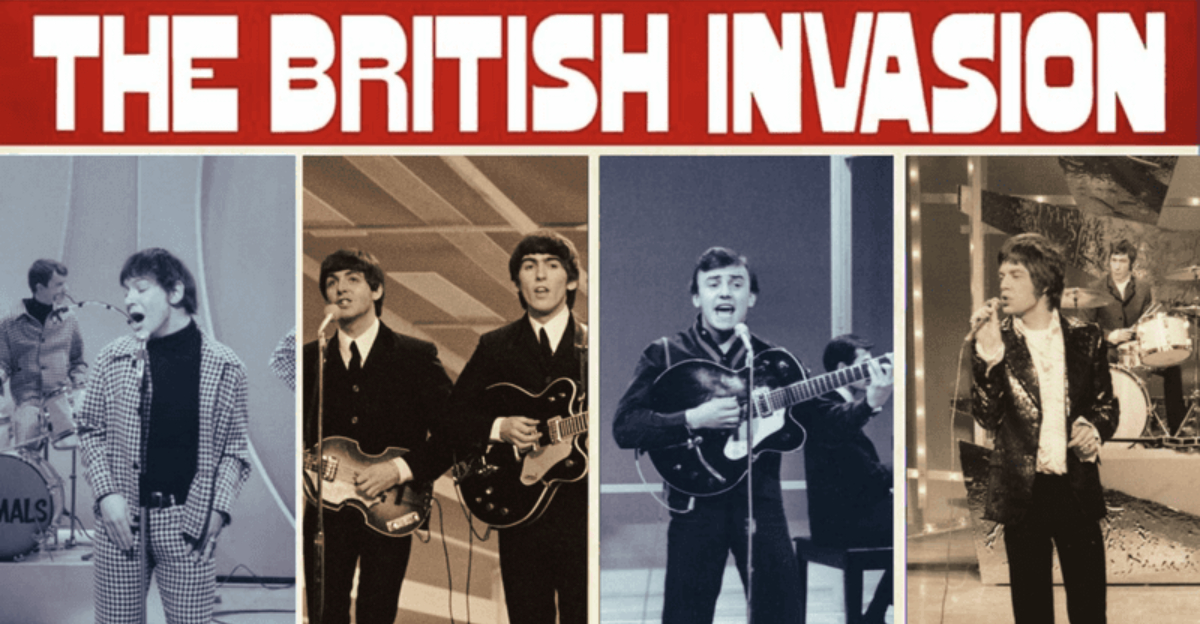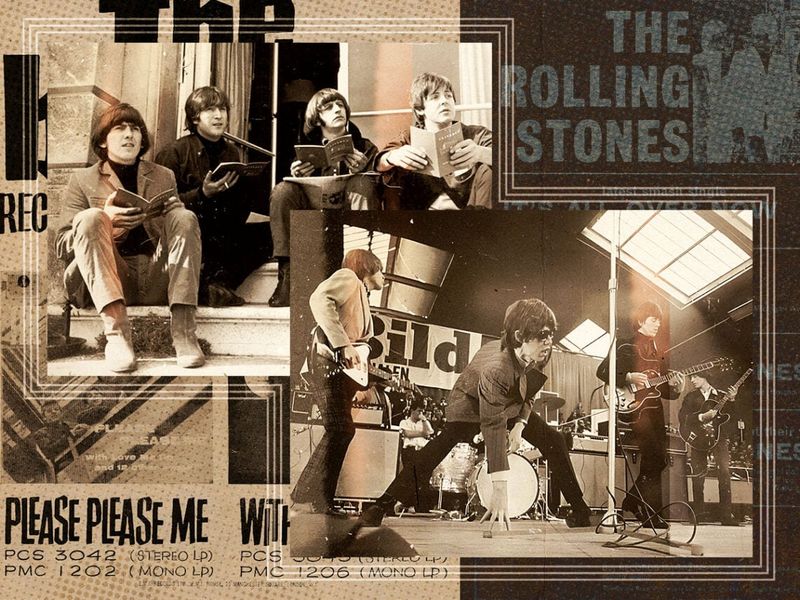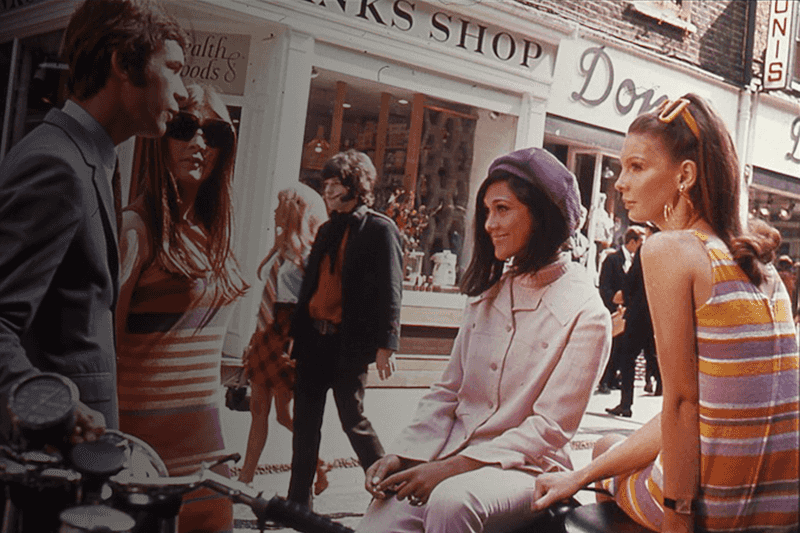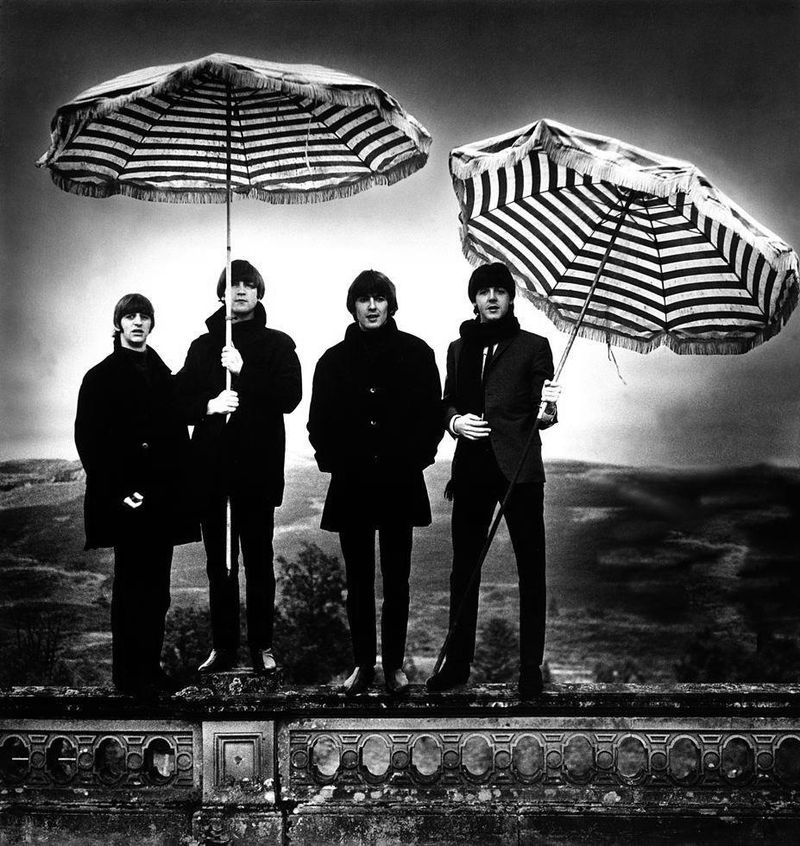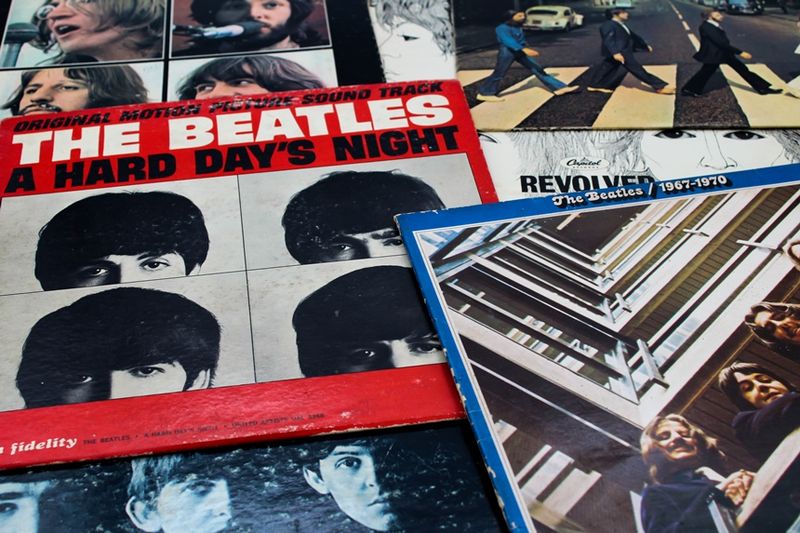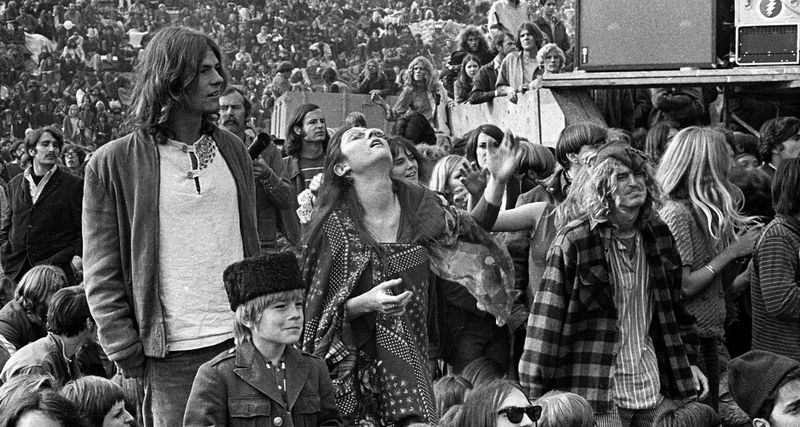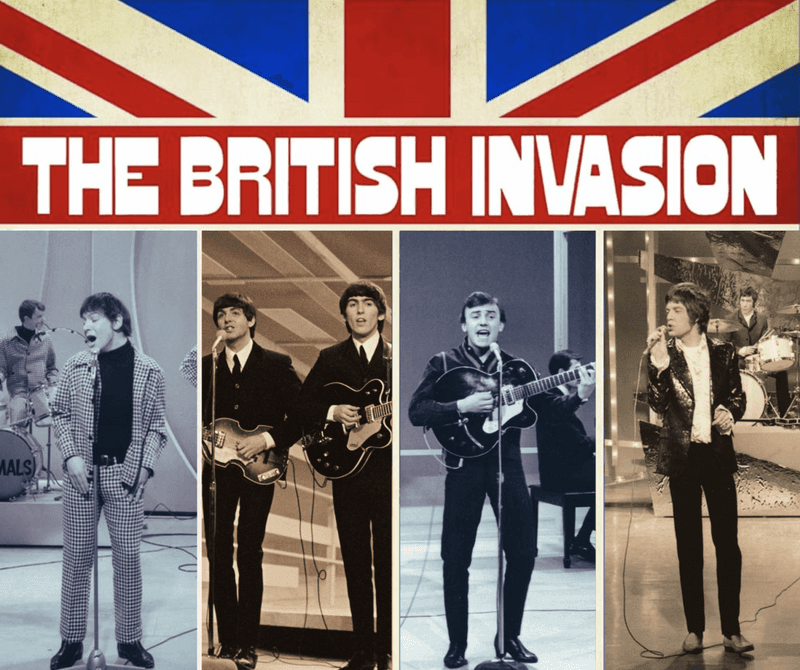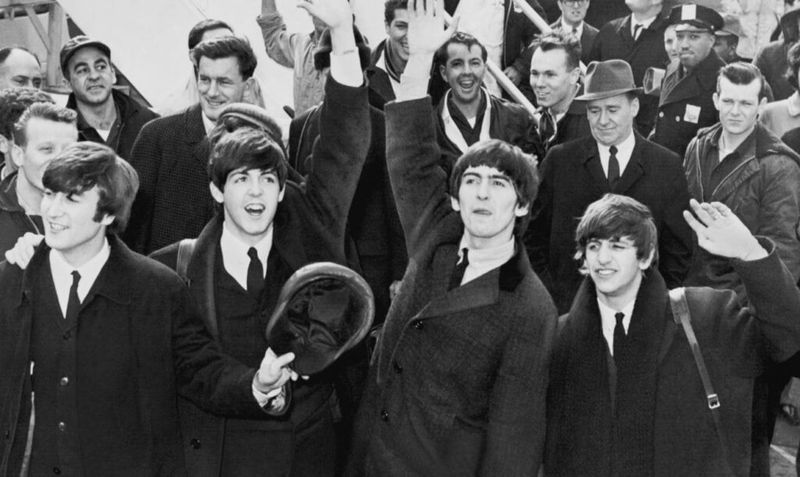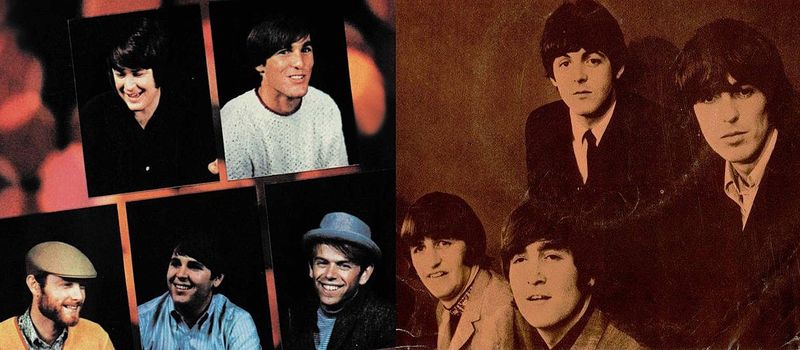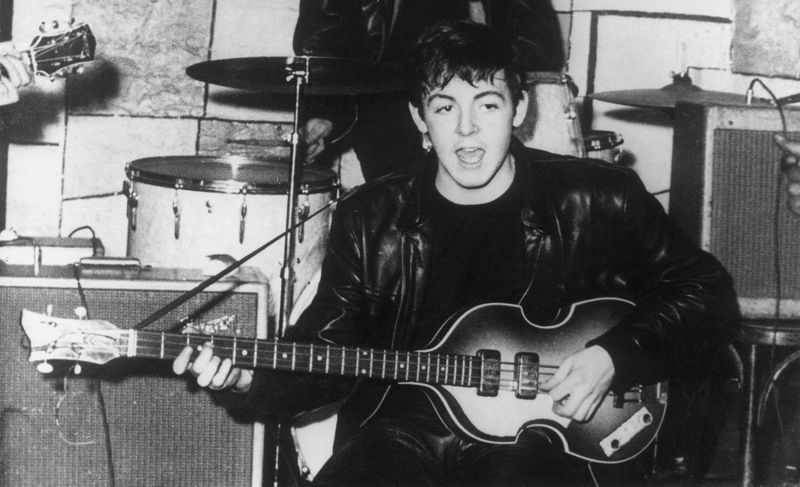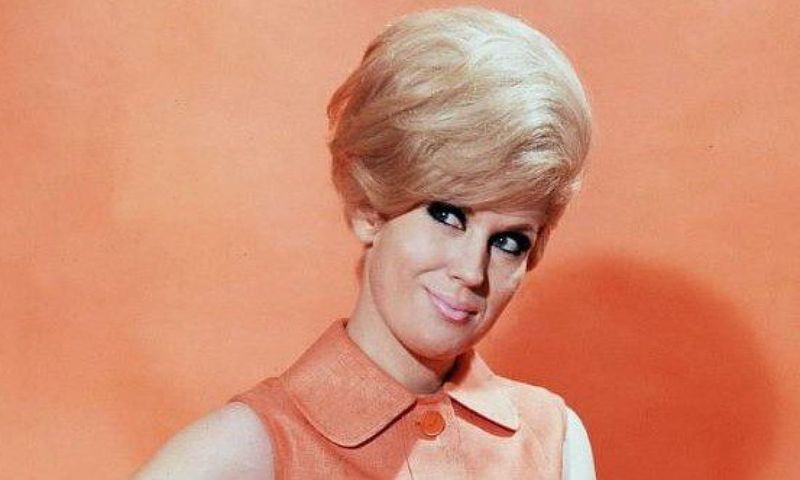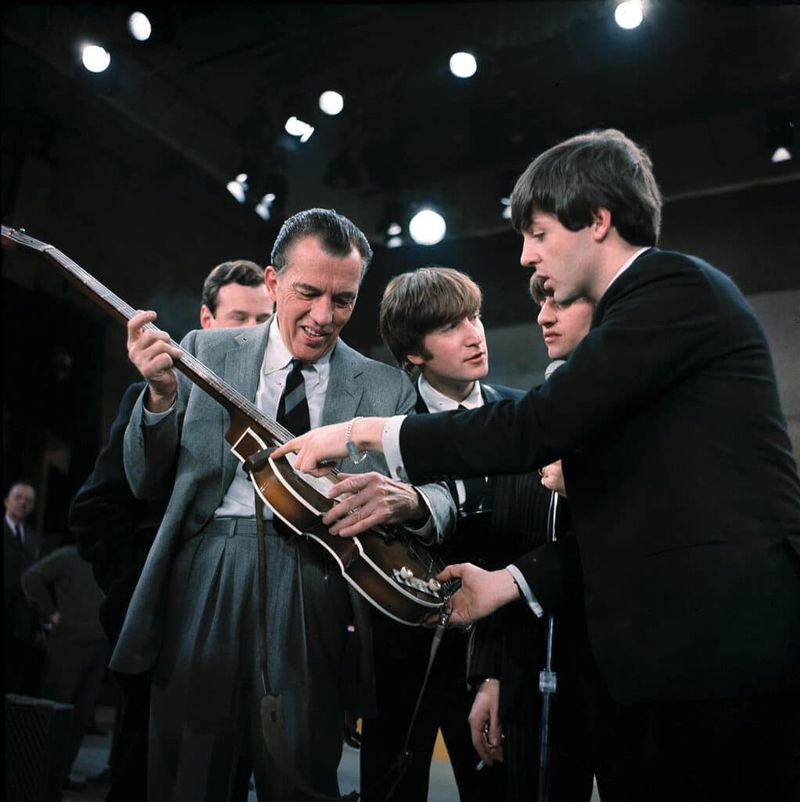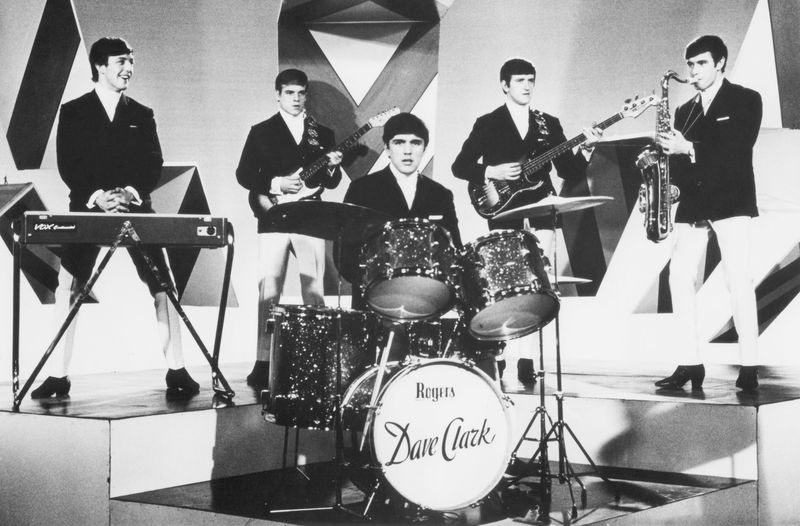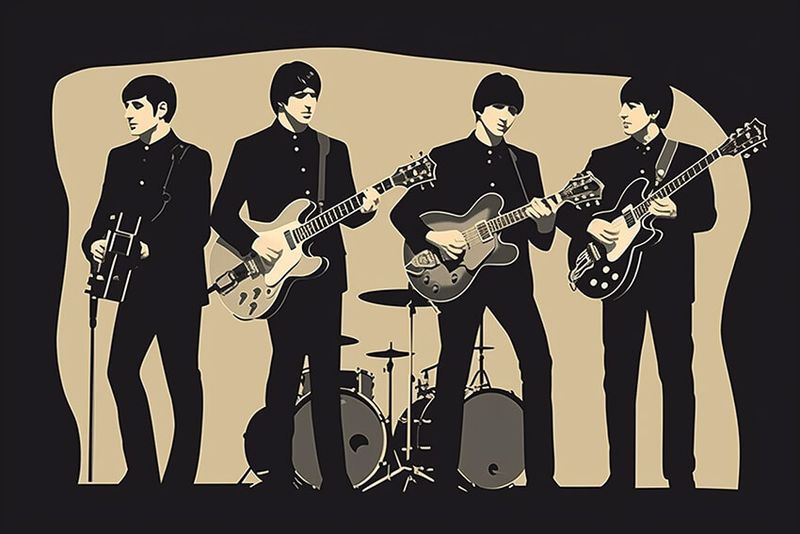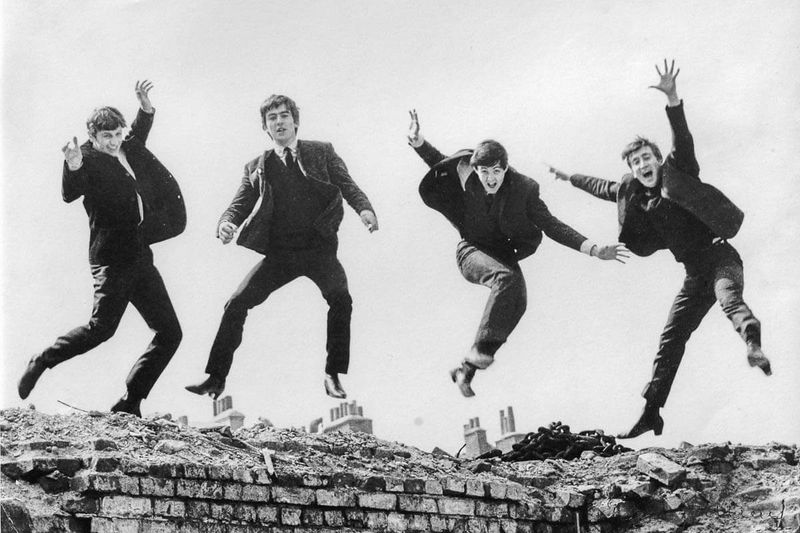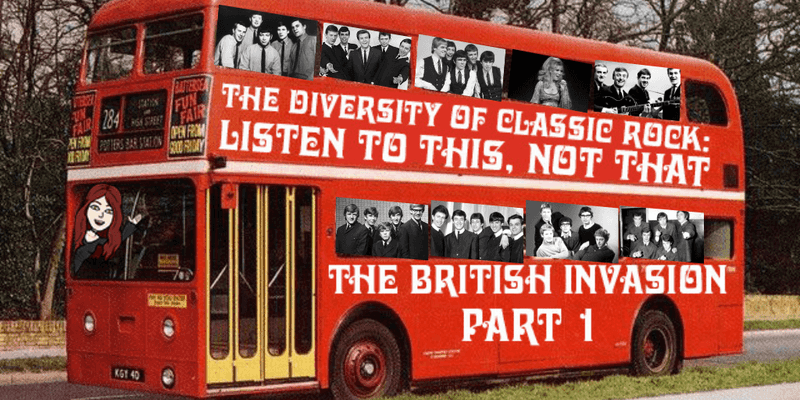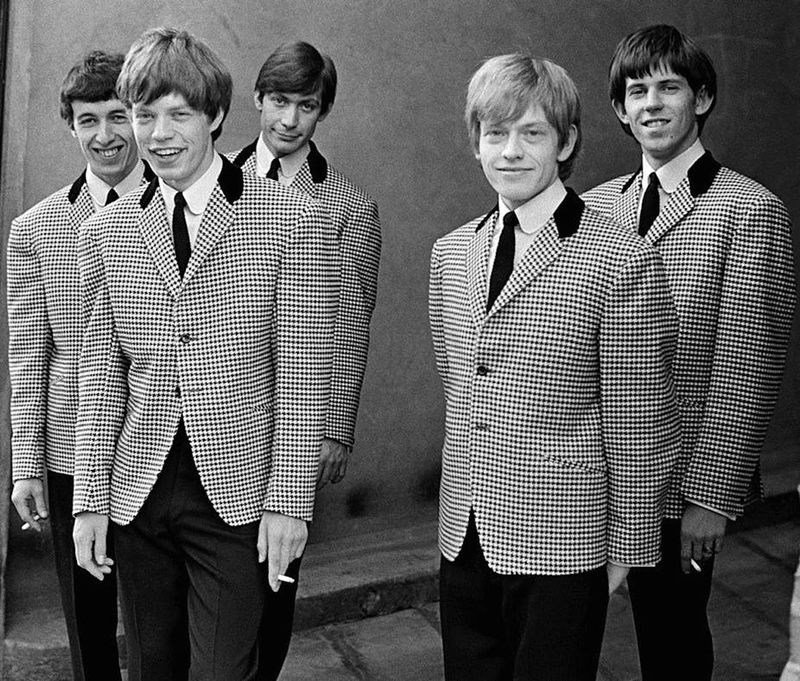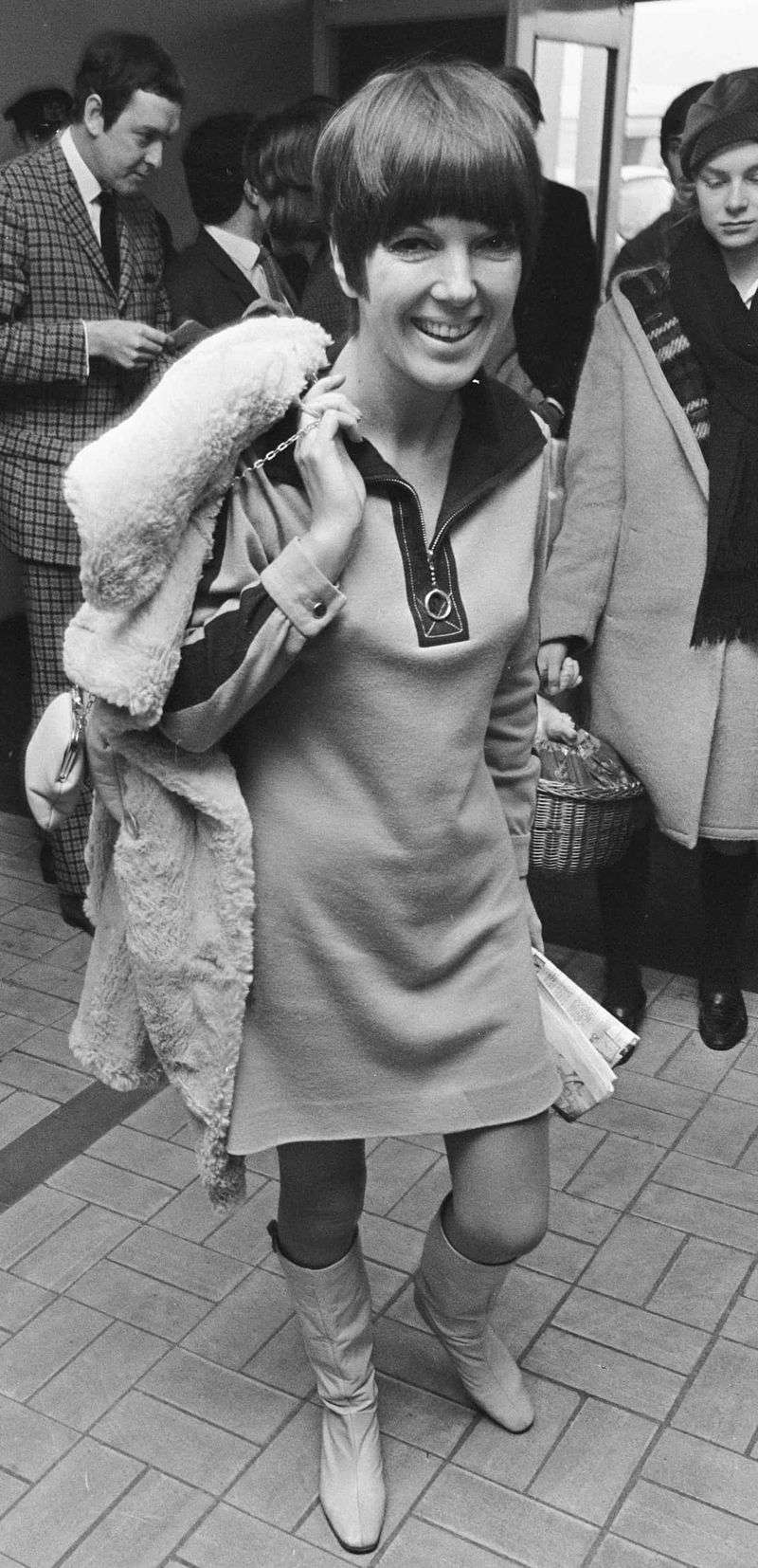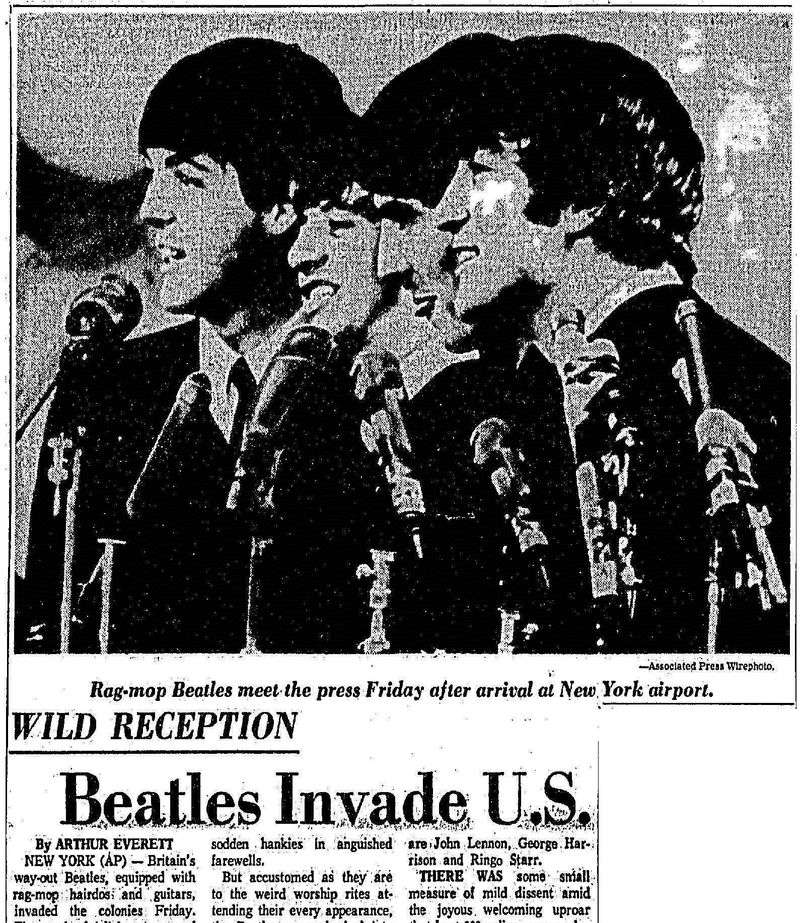The British Invasion of the 1960s wasn’t just a musical revolution; it was a cultural shift that forever altered the landscape of American pop culture.
Yet, with its rise came numerous myths and misconceptions. Here, we debunk 19 of these myths, shedding light on the true story behind this iconic era.
1. The British Invasion Was Led Solely by The Beatles
Many think The Beatles were the lone torchbearers of the British Invasion, but this isn’t the case. While they were undoubtedly at the forefront, bands like The Rolling Stones, The Kinks, and The Who were equally influential.
Their diverse sounds and styles helped shape the musical landscape of the ’60s. The synergy among these bands created a movement that was much bigger than any single act.
Together, they introduced rich, varied musical experiences that captivated audiences worldwide. Their collective impact was instrumental in defining an era.
2. The British Invasion Was Just About Music
While music was the core of the British Invasion, it also heralded a broader cultural influx. British films, fashion, and literature found eager audiences in America.
Icons like Twiggy and directors like Richard Lester influenced style and cinema. This cultural exchange went beyond records and concerts, affecting everyday aesthetics and attitudes.
The British Invasion was a holistic cultural phenomenon, blending music with art, fashion, and film. This synergy made it an enduring influence that reshaped not just what people listened to, but how they lived.
3. American Bands Were Unaffected by the British Invasion
The idea that American bands were sidelined during the British Invasion is misleading. In fact, many American musicians drew inspiration from their British counterparts.
This cross-pollination led to a vibrant musical exchange, with bands adopting new sounds and styles. The British Invasion invigorated the American music scene, prompting a creative renaissance.
It encouraged musicians to experiment, innovate, and push boundaries. The result was a richer, more diverse musical tapestry, contributing to the dynamic atmosphere of the 1960s.
4. The British Invasion Was a Planned Movement
Contrary to popular belief, the British Invasion wasn’t a premeditated assault on American music. It was a spontaneous cultural phenomenon. No boardroom strategizing led to its success.
Instead, it was organic growth fueled by a blend of talent, timing, and a receptive audience. The natural appeal of British music simply resonated with American listeners.
This unplanned surge exemplified the unpredictable nature of cultural trends. The British Invasion thrived because it authentically connected with the zeitgeist of the era.
5. The British Invasion Ended in the 1960s
A common misconception is that the British Invasion was a fleeting 1960s phenomenon. However, its legacy extends well beyond that decade. The influence of British artists continued to shape global music for decades.
Acts like Elton John, David Bowie, and later Adele and Ed Sheeran, carried the torch, perpetuating the spirit of innovation and cross-cultural collaboration.
The British Invasion marked the beginning, not the end, of a musical journey. Its echoes are still heard in today’s music, testament to its timeless impact.
6. Only Young People Were Influenced by the British Invasion
It’s often assumed that the British Invasion only captivated the youth. Yet, its appeal crossed generational lines, resonating with older demographics as well.
The fresh sounds and rebellious spirit appealed to anyone seeking something new and exciting. Families gathered around television sets to watch performances by British bands, transcending age barriers.
Music became a unifying force, bringing together people of all ages. The British Invasion wasn’t just a youth movement; it was a collective experience that bridged generational divides.
7. All British Invasion Bands Were From London
While London was a central hub, British Invasion bands hailed from various parts of the UK. Liverpool, home to The Beatles, became synonymous with this musical era.
Manchester gave us The Hollies, and Birmingham birthed The Moody Blues. Each city contributed unique sounds and styles, reflecting their distinct cultural landscapes.
The British Invasion was a nationwide movement, showcasing the rich musical diversity of the UK. Its success lay in its varied regional influences, each adding a unique flavor to the collective sound.
8. The British Invasion Was Universally Accepted
Despite its widespread popularity, the British Invasion faced criticism and resistance. Some traditionalists and cultural purists viewed it as a threat to American music.
There were debates about the authenticity and originality of British bands. Yet, these criticisms only fueled the movement’s rebellious charm.
The tension underscored a cultural clash that ultimately enriched the musical landscape. The British Invasion thrived amidst controversy, proving that music could be both divisive and unifying.
9. The British Invasion Bands Were All Friends
The image of camaraderie among British Invasion bands is misleading. While many collaborated, there were rivalries and tension. Competition was fierce, with each band striving for the top spot.
Egos clashed, and business interests sometimes outweighed friendships. Yet, this rivalry fostered a creative environment that pushed bands to innovate and excel.
The competitive spirit was integral to the era’s dynamism, driving bands to reach new heights. The British Invasion was as much about rivalry as it was about collaboration.
10. The British Invasion Was All About Rock Music
While rock was a defining element, the British Invasion encompassed diverse genres. Pop, blues, and even folk were integral to its tapestry.
Artists like Dusty Springfield brought soulful pop, while bands like The Yardbirds infused blues into their rock sound.
This eclectic mix enriched the musical landscape, broadening the appeal of British music. The British Invasion wasn’t genre-bound; it was a celebration of musical diversity, offering something for every taste.
11. Only Male Bands Were Part of the British Invasion
The British Invasion wasn’t exclusively male. Female artists and bands played significant roles. Figures like Dusty Springfield and Marianne Faithfull left indelible marks.
Their contributions added depth and variety to the movement. Female voices offered unique perspectives and styles, complementing their male counterparts.
The British Invasion was a collective effort, with women integral to its success. Their talent and presence enriched the era’s musical landscape, showcasing the breadth of British musical talent.
12. The British Invasion Was a Passing Fad
Labeling the British Invasion as a mere fad ignores its profound and lasting impact. It wasn’t just a moment in time but a transformative cultural shift.
The innovations and styles it introduced continue to influence contemporary music. Bands today still draw inspiration from this era, evident in their sounds and aesthetics.
The British Invasion laid the groundwork for future musical explorations, solidifying its place as a pivotal chapter in music history. Its legacy remains vibrant and influential.
13. British Bands Didn’t Embrace American Culture
British Invasion bands didn’t operate in a vacuum. They were deeply influenced by American music and culture. Many embraced American blues, rock ‘n’ roll, and even fashion.
Their music often paid homage to American artists, blending influences to create something new and exciting. This cultural exchange was a two-way street.
The British Invasion thrived on this interplay, enriching both British and American music scenes. Far from eschewing American culture, British bands celebrated it, weaving it into their own artistic expressions.
14. The British Invasion Wasn’t Political
Some believe the British Invasion was solely about music, devoid of political context. However, many bands engaged with pressing social and political issues of the time.
Songs often reflected anti-war sentiments and calls for social change. Music became a vehicle for expressing political views and rallying support for various causes.
The British Invasion provided a platform for artists to influence and inspire, proving that music could be both entertaining and thought-provoking.
15. All British Invasion Bands Sounded the Same
It’s a myth that all British Invasion bands had a homogeneous sound. In reality, their music was a rich tapestry of styles and influences.
Each band brought its own unique flavor, from the hard-edged rock of The Rolling Stones to the melodic pop of The Beatles.
This diversity was the hallmark of the British Invasion, ensuring that it appealed to a wide audience. Far from sounding the same, each band contributed to a vibrant, eclectic musical landscape.
16. The British Invasion Wasn’t Diverse
While often portrayed as homogenous, the British Invasion included artists from diverse backgrounds. Bands and musicians from various ethnicities contributed to its success.
This diversity enriched the music, bringing different cultural influences into the mix. It reflected a more inclusive musical landscape that was ahead of its time.
The British Invasion wasn’t just about British identity; it was about embracing and celebrating diversity, showcasing the universal language of music.
17. The British Invasion Bands Were All New Artists
It’s a misconception that the British Invasion was solely the domain of fresh faces. Many involved artists had been active in the industry before gaining fame in the U.S.
Bands like The Beatles had honed their craft in clubs long before American recognition. This experience lent maturity and depth to their performances.
The British Invasion was a platform for seasoned musicians to reach a global audience, proving that experience and dedication were key to its success.
18. The British Invasion Had No Impact on Fashion
The British Invasion didn’t just influence music; it had a profound impact on fashion. Bands became style icons, inspiring trends that spread globally.
From the mod look championed by The Who to the tailored suits of The Beatles, British bands reshaped fashion aesthetics.
Their style became synonymous with the ’60s, leaving a lasting legacy in the fashion world. The British Invasion was a cultural phenomenon that extended far beyond music, leaving its mark on how people dressed and expressed themselves.
19. The British Invasion Was Only Appreciated in the US
The British Invasion wasn’t a phenomenon confined to the United States. Its reach was truly global, captivating audiences around the world.
British bands achieved international fame, performing in countries across Europe, Asia, and beyond. Their music transcended borders, resonating with diverse cultures.
The British Invasion became a worldwide movement, proving that music knows no boundaries. Its universal appeal showcased the power of music to bring people together, regardless of linguistic or cultural differences.
